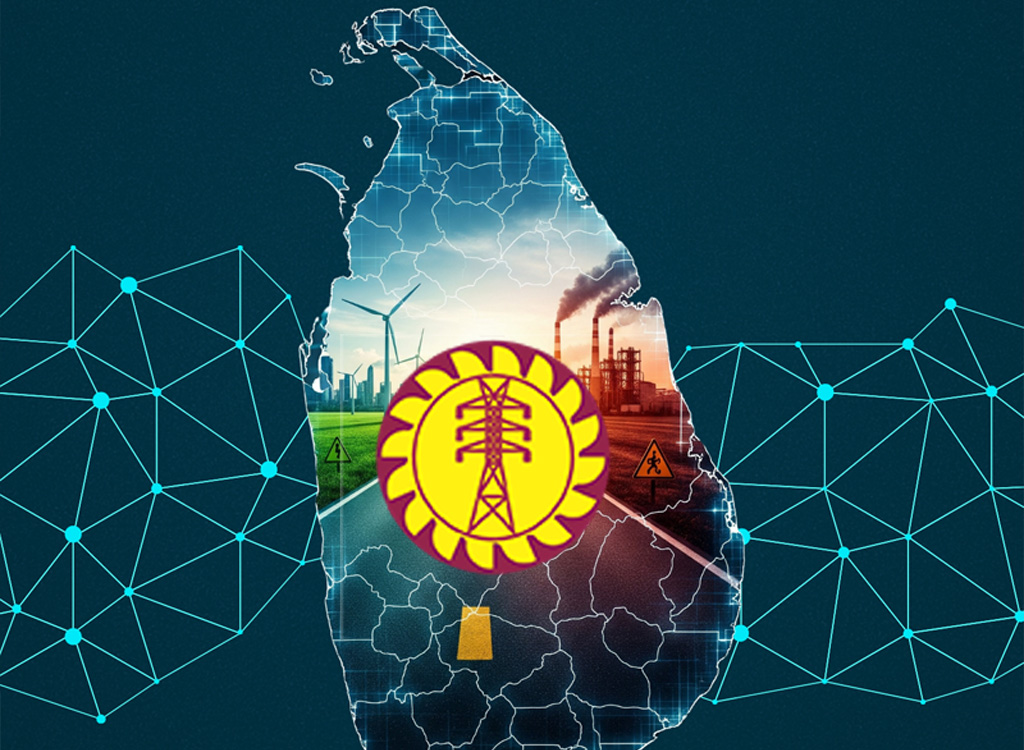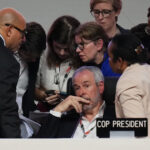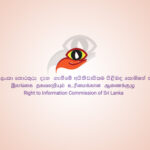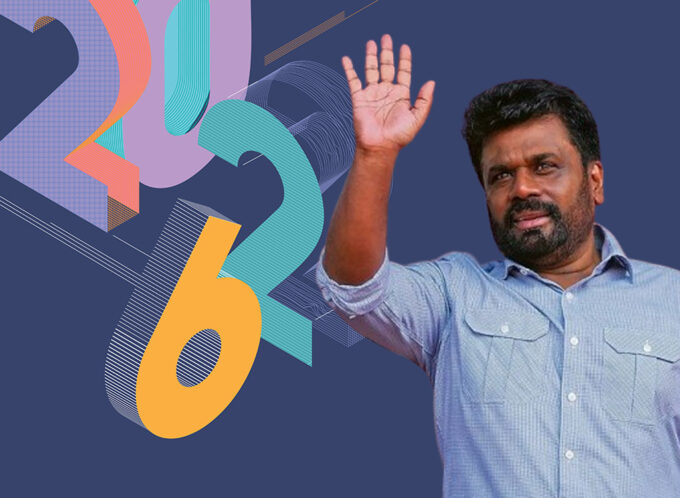Sri Lanka’s state-run Ceylon Electricity Board (CEB) posted a near wipe-out of quarterly profit and slipped into a Rs. 9 billion loss for the nine months to end-September, hit by sharply lower tariffs, rising generation costs and weakening cash flows, interim results showed.
Profit after tax for the September quarter plunged 98% year-on-year to Rs. 466.5 million from Rs. 29 billion, and fell 94% from the June quarter.
Revenue fell 5% on the year to Rs. 120 billion while cost of sales jumped 13% to Rs. 117.8 billion, eroding margins and pushing gross profit down 89% to Rs. 2.4 billion.
For the nine-month period, revenue dropped 30% to Rs. 321.7 billion, while cost of sales edged up 1%, resulting in a gross loss of Rs. 1.2 billion compared to a Rs. 129.2 billion gross profit a year earlier.
The utility recorded a Rs. 7.3 billion loss before tax, reversing a Rs. 153.7 billion profit in the same period of 2024.
The CEB’s retained losses widened to Rs. 361.5 billion on a balance sheet with Rs. 1.3 trillion in assets.
The utility said restructuring was underway under the Sri Lanka Electricity (Amendment) Act, which begins unbundling the sector into separate state-owned generation, transmission, distribution and system-operator entities.
The September quarter extended a deterioration that began early in the year.
The CEB reported a Rs. 16.9 billion loss in the March quarter and a steep 78% year-on-year fall in June-quarter profit to Rs. 7.4 billion.
The Finance Ministry has identified the CEB as the biggest drag on state-owned enterprise performance, with the utility posting a Rs. 13.2 billion loss in the first half of 2025 compared to a Rs. 119.2 billion profit a year earlier.
Sales revenue fell nearly 39% despite higher electricity demand, driven by tariff cuts that reduced average revenue per unit to Rs. 24.64 from Rs. 41.97.
Sri Lanka implemented two tariff revisions this year. A 20% reduction in January followed by a 15% increase in June which contributed to volatility in earnings.
The IMF, which is assessing the latest tariff submission under its bailout programme, has urged the government to maintain cost-reflective pricing and pursue unbundling to avoid renewed financial stress.
Energy-sector analysts say part of the 2025 downturn reflects delays and inconsistencies in tariff filings and accounting for claw backs, which return excess revenue to consumers when actual costs fall below projections.
They warn that governance and data-quality issues could hinder ongoing reforms even as hydropower conditions and cost-recovery tariffs provide some buffers.
With margins shrinking across all three quarters and revenue under pressure, the CEB’s full-year outlook remains weak unless tariffs, rainfall patterns or generation costs shift significantly in the final quarter.











Leave a comment